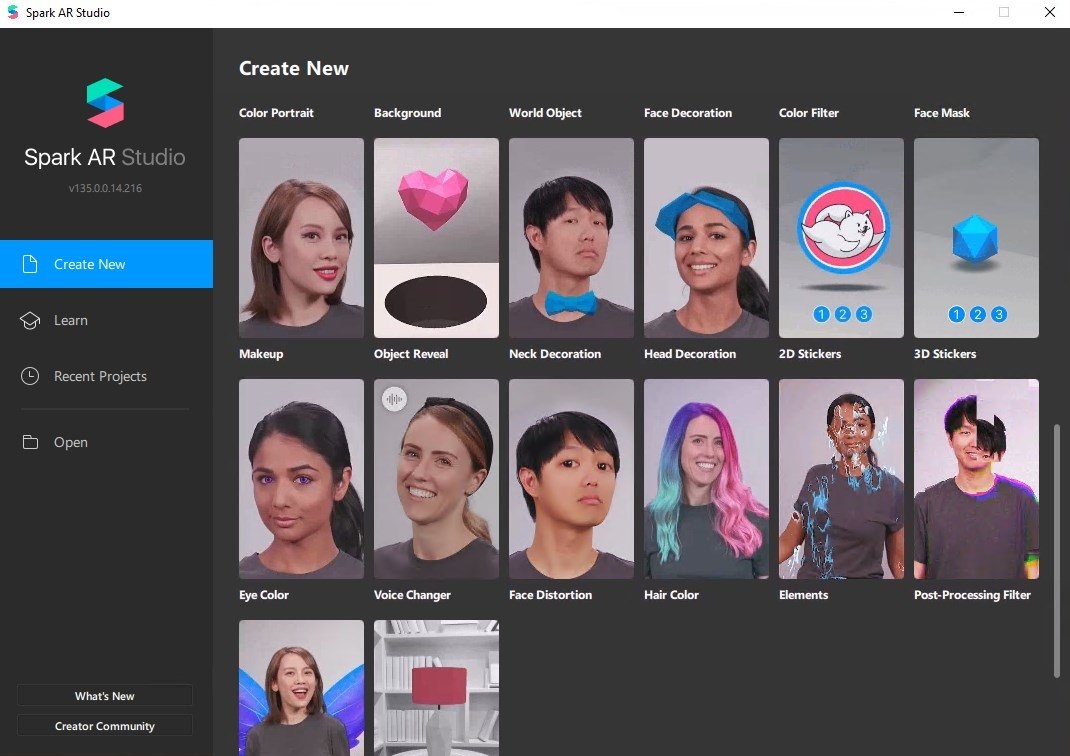Meta’s recent announcement to shut down the Spark AR platform on January 14, 2025, has sent ripples through the augmented reality (AR) community. This news has left many creators and industry professionals wondering about the future of AR content creation, especially for those who have heavily relied on Spark AR to build AR experiences for social media platforms. In this article, we’ll explore the reasons behind Meta’s decision and how AR creators can adapt to these changes.
What Might Have Led Meta to End Spark AR?
Since 2015, the AR landscape has evolved dramatically. When companies like DEVAR began offering AR-enhanced products such as AR books for children, the market for immersive technologies began to expand. DEVAR’s success, with over 15 million books sold across 75 countries, is just one example of how AR has become an integral part of both entertainment and marketing.
At the same time, tech giants and social platforms like Facebook (now Meta), Instagram, Snap, and TikTok embraced AR, giving creators powerful tools like Spark AR to engage users through filters and effects. Spark AR helped many AR designers and developers hone their skills, but Meta’s decision to shut down the platform seems to point to a broader shift in its strategy.
Meta has long been at the forefront of both AR and virtual reality (VR), investing in projects like the metaverse and immersive hardware. This year, Meta’s focus has shifted toward AR/XR glasses, as seen with its partnership with EssilorLuxottica (the parent company of Ray-Ban) and their plans to launch AR glasses. Meta is clearly preparing for a future where users interact with immersive spaces through AR/XR hardware, rather than primarily through social media platforms.
Does This Mark the End of AR Filters?
While the closing of Spark AR might seem like the end of an era, it doesn’t mean that AR filters are disappearing. Instead, it signals a shift in how AR will be consumed. AR creators need to prepare for the next wave of immersive experiences, which will likely focus on AR/XR glasses and other hardware rather than just filters for smartphones and social media apps.
Meta’s September 25th event, where they are expected to reveal the prototype for their first consumer AR glasses, reinforces the idea that the next stage in AR will involve a more immersive integration with the physical world. AR creators now have the chance to explore new tools and technologies that go beyond social networks.
The Rise of webXR and New Possibilities for AR Creators
As AR/XR glasses become more prevalent, the content creation landscape will expand significantly. A recent survey conducted among MyWebAR platform users showed that 22% of respondents are already developing content for AR/XR devices, with 52% planning to join them soon. Platforms like Apple Vision Pro and Meta Quest are driving this trend, providing new opportunities for content creators.
In this evolving ecosystem, AR/XR technology offers vast potential. Not only can traditional creators like designers and marketers get involved, but businesses are increasingly incorporating AR/XR into their processes—from employee training to customer engagement. Just as the internet created opportunities for e-commerce and remote interaction, AR/XR technologies are laying the groundwork for a new, immersive economy.
Platforms like MyWebAR, with over 200,000 users, are helping creators develop immersive experiences that work across different platforms. This ensures that AR content can continue to thrive, even as platforms like Spark AR wind down. The future of AR is moving toward integration with websites, apps, and cross-platform systems, and webXR is at the forefront of this movement.
Adapting to the Future: New Opportunities for AR Creators
The closing of Spark AR doesn’t spell doom for AR creators—in fact, it opens the door to new opportunities. Creators who can adapt to the changing landscape, expanding their skill sets beyond social media platforms, will find success in the broader world of immersive spaces.
Innovative platforms like MyWebAR offer no-code solutions for non-tech users and advanced features for coders, allowing creators of all skill levels to thrive. With the integration of Generative AI, MyWebAR also helps designers and developers create custom solutions through text-to-code systems, further expanding the creative possibilities.
As AR/XR technologies continue to evolve, those who embrace these new tools and platforms will be well-positioned to lead in the next era of immersive content creation. For Spark AR creators looking for new platforms, MyWebAR is offering special conditions to make the transition easier and to ensure that the future of AR is full of exciting possibilities.
Meta’s decision to end Spark AR is not the end of AR creation, but rather the beginning of a new phase where AR and XR technologies take center stage. The future holds endless opportunities for those ready to explore new horizons in immersive technology.
